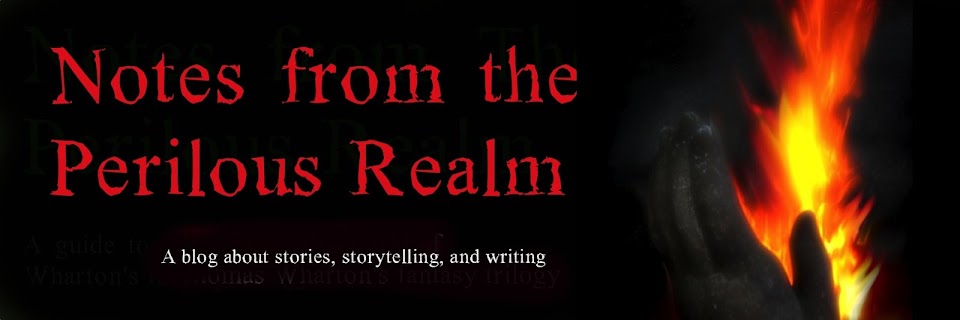On a stretch of flat
scrubby ground along the Miette River, just outside of town, the park authorities
had set aside space for travelers passing through Jasper who could not afford
campground fees. The free camp, as it was known, had become a gathering place
for young people with nowhere to go, drifters, wanna-be Jack Kerouacs,
drop-outs, and potheads. We called them shrubs.
The shaggy, scrawny boys with guitars and no shirts. The fever-eyed, barefooted
girls you would sometimes see at the grocery store,
slipping packages of sandwich meat into their woven shoulder
bags (the girls were apparently sent in to do the shoplifting because they were less likely to raise suspicion and get caught).
The free camp was a
place that the kids who lived in Jasper talked about with a kind of fear and
fascination. You didn’t go out there unless you were looking for adventure, or
trouble, or dope. One evening a friend who’d been to the camp talked some of us
who hadn’t into going with him. If we were lucky, our friend said, one of the shrubs would share
a joint with us. We could get high. Most of us had never done that.
We didn’t
find anyone smoking pot, or willing to share it with us. But we sat and talked
for a while with a guy named Rob who was idly strumming a guitar. Rob looked
like Jesus. Like the Ted Neely Jesus. He had the long hair, the little beard, a laid-back, amiable
manner. Rob never smoked pot or took any drugs, or so he said (he seemed to understand that’s why we had come here in the first place). He told us that he would
never use any artificial means of heightening consciousness, since, if a person
really paid attention, they would know that one’s consciousness was already, always, heightened.
He had been
a physics grad student at CalTech, and now he was traveling the continent.
Everything is friction, he said. The contact of surfaces, generating heat,
light, sound, all of the information we get about the world around us. But this
information comes at a price, since something always gets lost as a result of
friction. Surfaces wear down. Heat dissipates into the surround. The signal
degrades. Things fall apart. Only one thing in the universe can act on
everything else without friction of any kind.
“Do you
know what that is?” he asked us. We wracked our brains. We didn’t know.
“The mind,”
Rob said.
He talked a
lot about the mind then, and I don’t remember most of it, because I didn’t get
most of it. He may have mentioned William Blake. I don't remember for sure. But he did say one thing, just before we left, that stuck with me.
“You know,”
he said, “we’re all camping. All of us. You, me, everyone.”
We asked
him what he meant. Again we didn’t get it.
“We’re just
camping,” he said, shrugging his shoulders and smiling his Jesus smile. “Some of us stay in the same spot for a long time, but a
house isn’t any different from a tent. Not really. You’re just borrowing that
spot for a while, from nature. From the universe. And one day you’ve got to move on.”
A few years later the park authorities closed the free camp because of its reputation as a drug hang-out. It never reopened.








